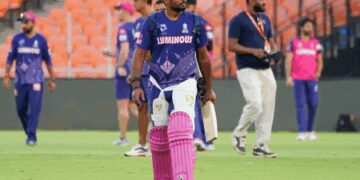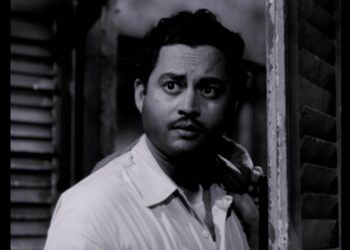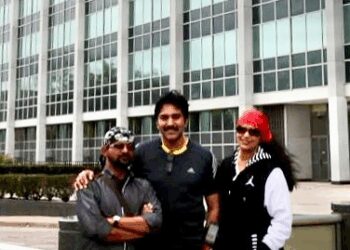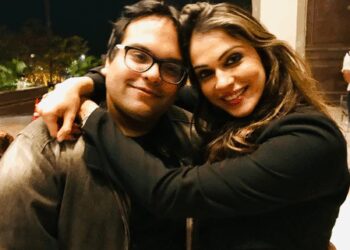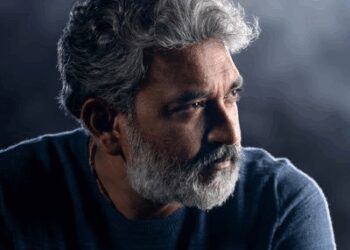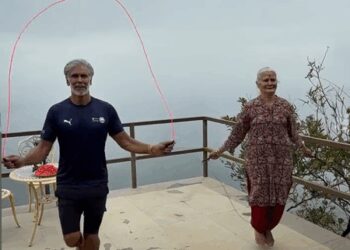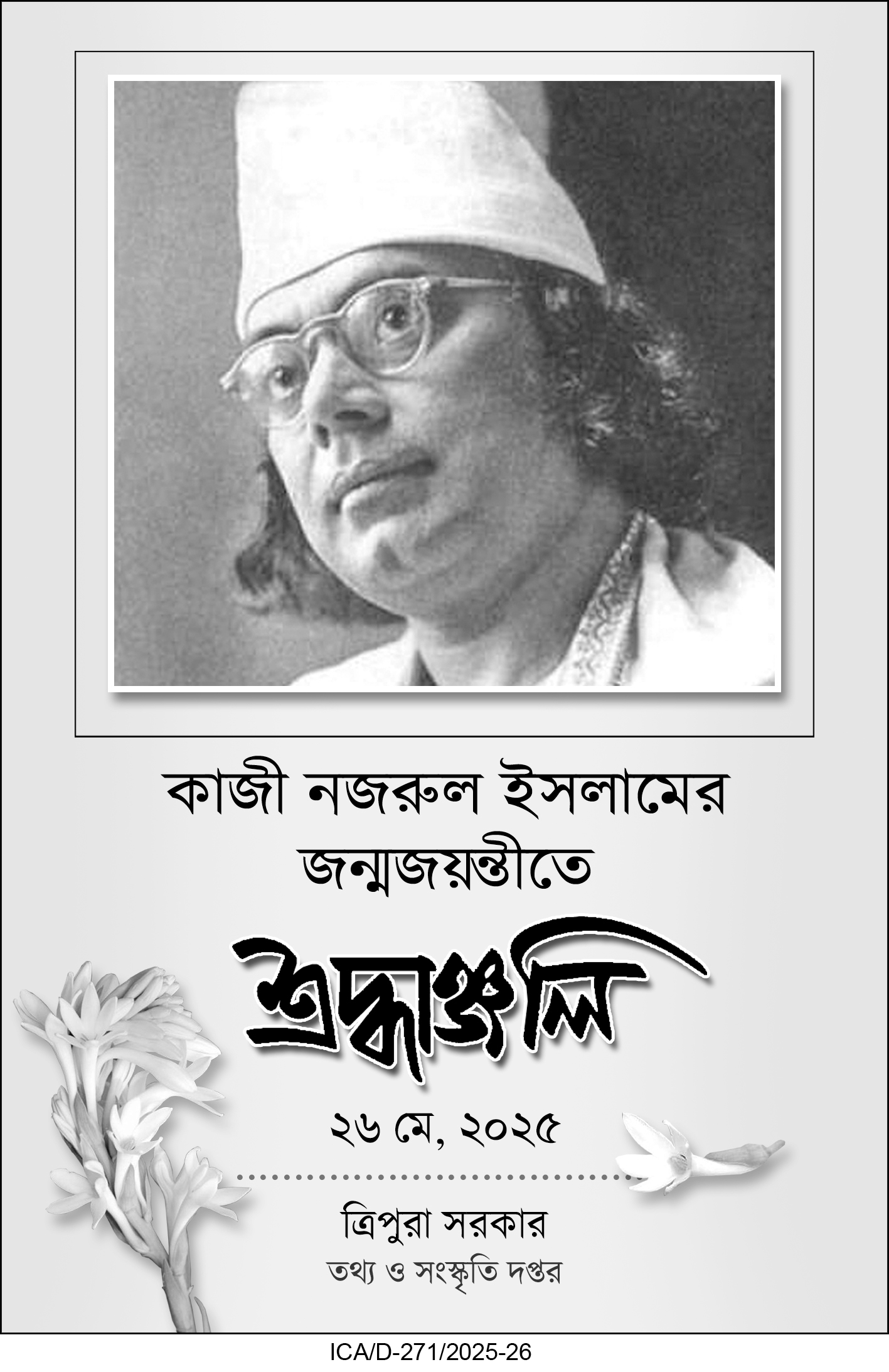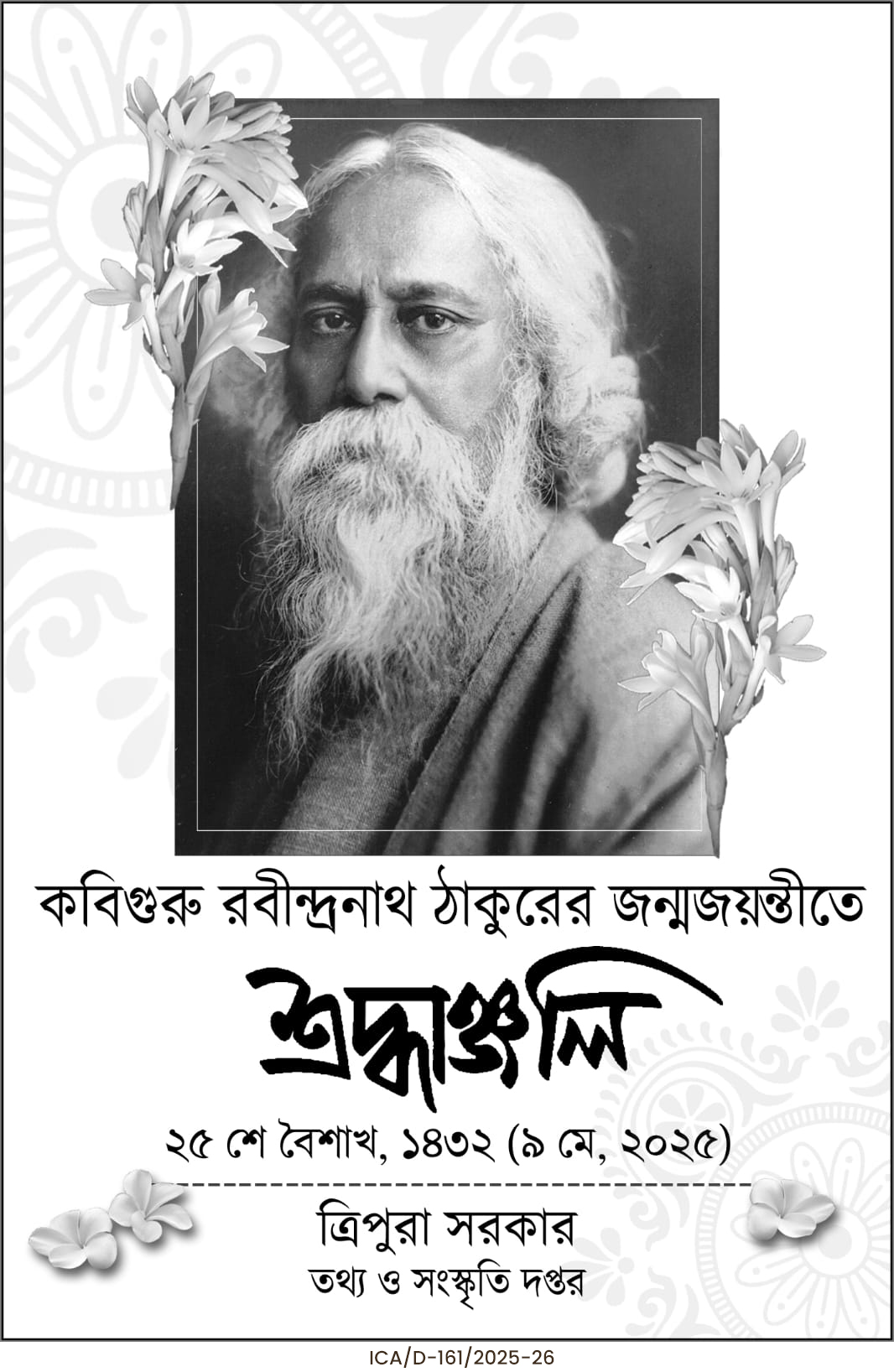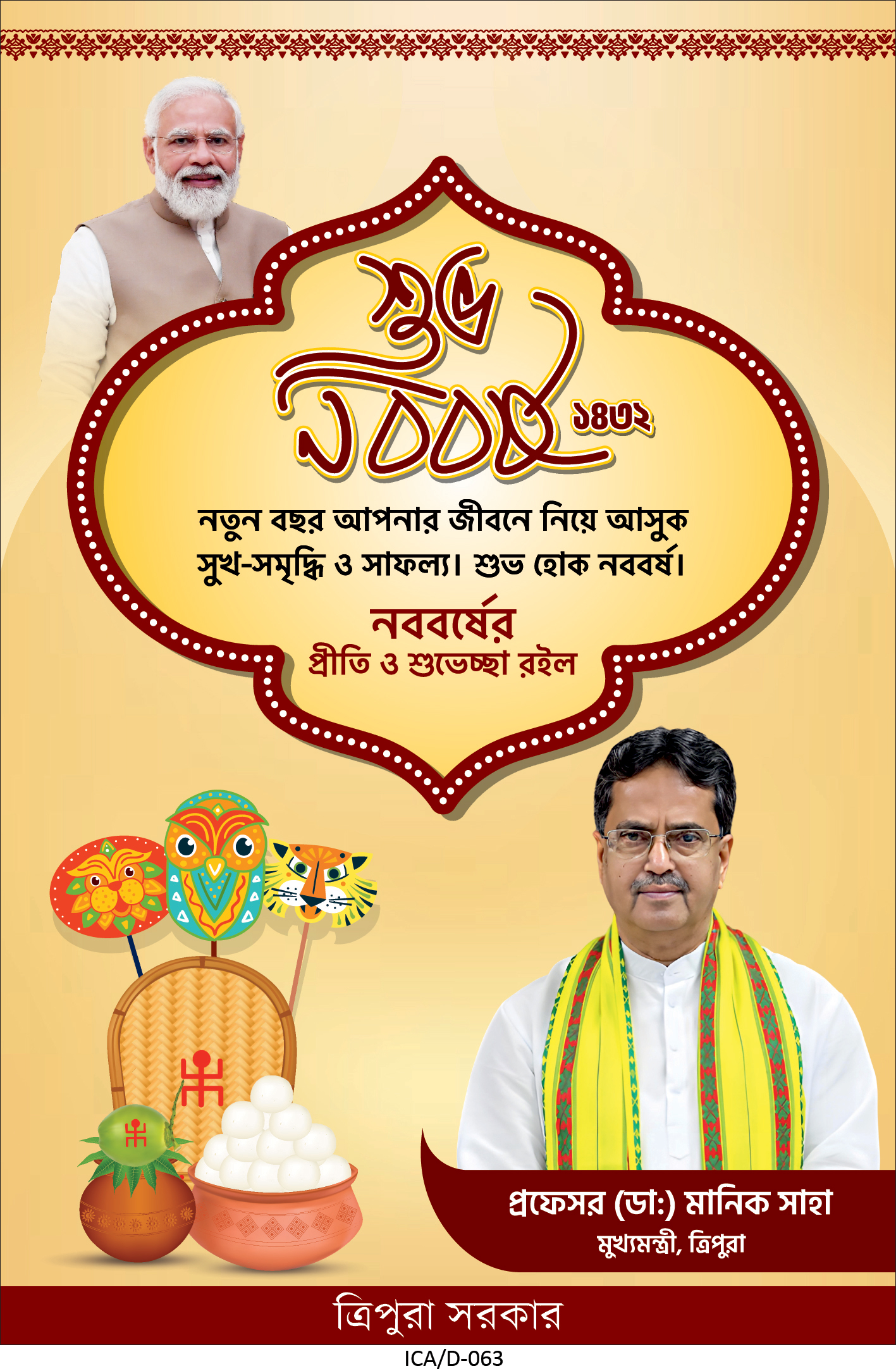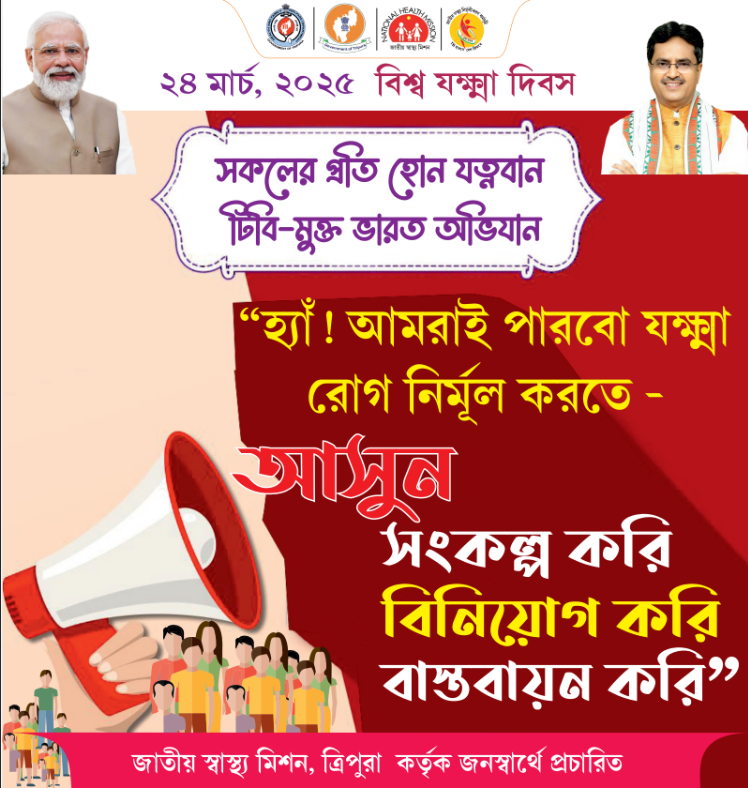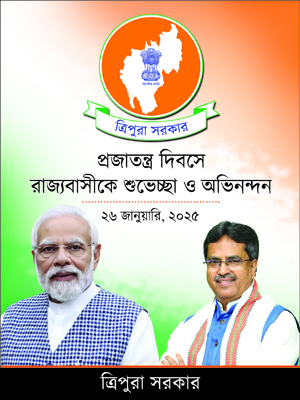Mumbai, Aug 10 Director-producer Om Raut, whose production ‘Inspector Zende’ is set to release on OTT next month, has spoken up on the influence of Indian freedom activist Lokmanya Tilak on his childhood and family.
Om Raut recently spoke with IANS at his office in Mumbai, and said, “I was told about Lokmanya Tilak’s story by my father. I mean, he was also a journalist and Lokmanya Tilak is considered to be one of the greatest journalists of India. So we’ve always looked at him as a central figure in our house”.
He also shared that he has a beautiful portrait of Lokmanya Tilak at his parents’ house, as he said, “It’s right there in the center of the living room. So he’s always looked up as somebody who’s very, very important in my family and in our upbringing”.
Lokmanya Tilak was not only a freedom fighter and political leader but also an influential journalist. He co-founded and edited two newspapers, Kesari (in Marathi), which aimed at mobilizing Indian masses and voicing nationalist ideas. The Mahratta (in English) targeted an educated audience and discussed political and social reforms. Tilak used journalism as a tool to criticize British policies, spread nationalist sentiments, and inspire political action.
Om Raut further mentioned, “So when you get inspired at such a level about these great people, there is something that they’re teaching, they’re learning from their life. And when you want to make a film on them, you obviously do a hell lot of research. You do a ton of research and then there are experts, there are historians, there are all the writers, they’re all part of your team. And then you kind of work with them to kind of tell a narrative”.
He went on, “Somebody who’s very senior to me, a very senior director actually told me, who’s also done a lot of biopics and historical films, that anytime you start to make out a film, because inki itni badi career hoti hain, the achievements are so big and large, and there are so many nuances, that it is practically impossible to put everything into a two, two and a half hour long film”.
“But you still select few things which kind of help you navigate through, and you try to come out with maximum characteristics of the character that you can come on to, that you can put on to celluloid, which actually makes the final cut”, he added.
(Auto generated news from IANS Feed. This has not been edited by enewstime desk)








